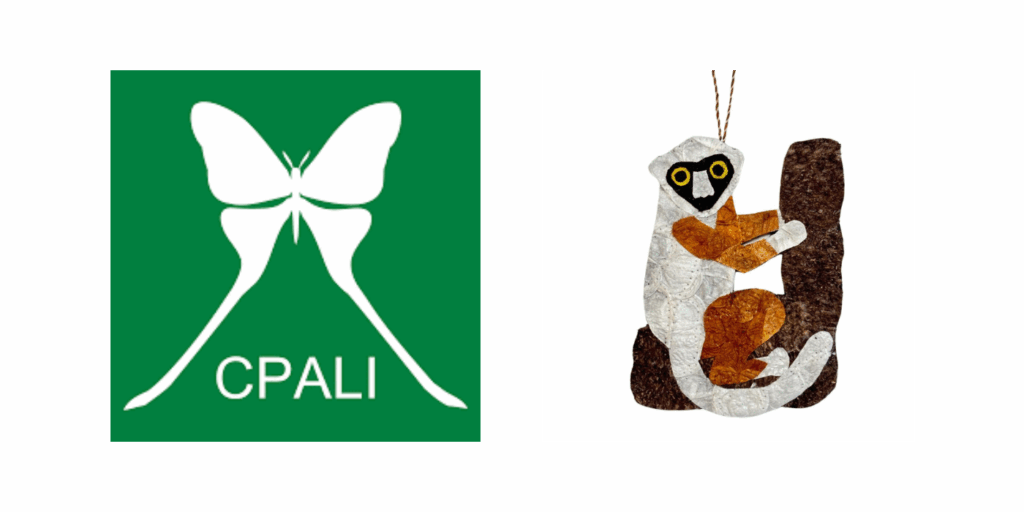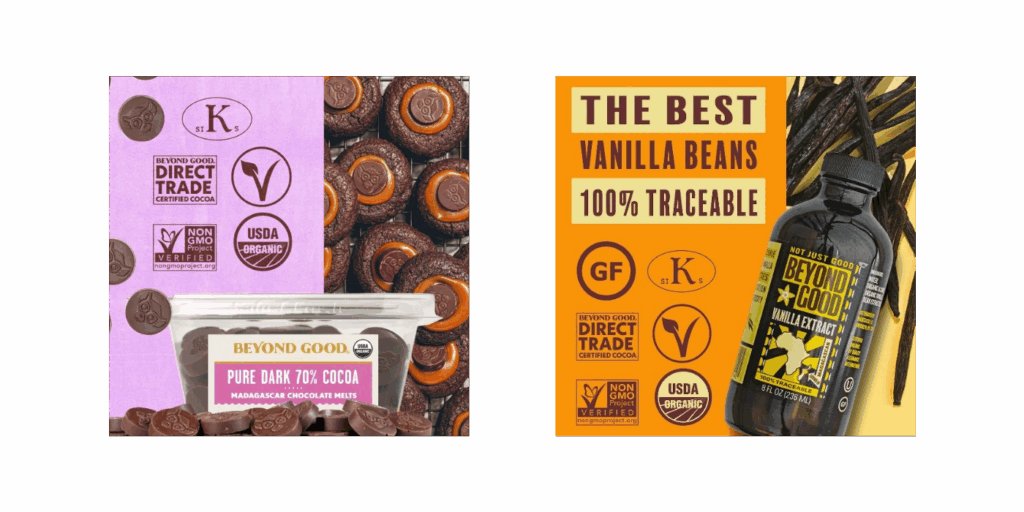By Leticia Francis, Conservation Liaison
Every year I find myself wondering what to get my loved ones as the season of gift giving approaches. I’m sure I am not the only one. I would like to help, by giving some tips and ideas for finding gifts that have the potential to be memorable, exciting, engaging, and help to forward conservation!
Last year I challenged myself to only purchase things that did not take up space at their home, or if it did it would be able to be consumed. I was becoming overwhelmed by the number of items and trinkets I have collected over the years so I decided to try something new. Gifting experiences or consumables.
This year I looked into conservation organizations and bought some physical items from them, which help to forward their missions and the conservation work that they do.
Conservation Organization Highlight

One such organization is CPALI! They are a great organization that do work with the community in mind, to help forward conservation through poverty alleviation in Madagascar. They use Wildlife Friendly silks and raffia to make their products that support local artisans in Madagascar and honor Malagasy culture. These products are wildlife friendly, fair trade, unique, and sure to start a conversation. CPALI promote biodiversity and native species. I personally have bought ornaments as gifts this year, and I cannot wait to give them out!
Check out the CPALI website here, and this is a link to their own blog.
Check them out on social media @cpali_conservation
Consumables highlights:

Bird friendly coffees are a great gift! It is fun to look through different coffees, and even to try some yourself! It’s also a great way to connect with people, and to spread conservation action. Bird friendly coffees help to promote biodiversity through shade grown coffee, which allows for the canopy cover to remain. Bird friendly coffee is also certified organic, and has to be 100% pure in which all beans in the bag meet standard for the certification. This means that less chemicals are used, which can negatively impact birds.
Learn more about bird friendly coffee here.
Check out bird friendly coffee on social media @birdfriendlycoffee
Got a baker or chocolate lover in your life?

I also like to gift Madagascar friendly chocolate and vanilla.
The brand Beyond Good brand is a great choice, and you can find them locally or buy them online.
Got a tea or Red Panda Lover in your life?

Lake Missoula Tea Companyhas a tea in which the tea farm works directly with Red Panda Network, providing local jobs and easing pressures on red panda poaching. Bonus: look for their animal conservation bundle which has different teas which all help to forward animal conservation.
If you are looking for ideas you can also look at things to buy that are certified wildlife friendly. This is a certification that is not as well-known as Rainforest alliance, fair trade, or USDA Organic, but it is on the rise of being used by organizations that value conservation. You can look at some of the species being conserved, the partners that are conserving them, and the products that are certified on the Wildlife Friendly website. CPALI is wildlife friendly certified due to their way of producing the silk, which does not harm the pupae, and allows for the pupae to emerge before processing.
You can also gift practical items that cut down on plastic use and production. One which can be a great introduction is bees wax wrap. It can be used in place of plastic wrap or even Ziplock bags.
There is also a way to gift experiences, which can be in the form of eco-tourism, or in other ways that promote biodiversity. You can gift national park entry for the year with a park pass, you can buy whale watching tours, or other experiences that connect people with nature. Just like you can help forward conservation through a membership or tickets purchased here at the zoo.
If there is a type of gift that you would purchase for someone you can look into or choose a product that is going to help forward conservation. Picking a wine? Why not search for a wine that gives money to conservation like the Lion SAFE wine, or painted dog conservation wines? Getting a book for someone? Look into books that discuss wildlife conservation. My hope here is to make suggestions that can be built upon, making choices for conservation in our everyday lives easier.
These are all ways and suggestions that are meant to make conservation action through being a conscientious consumer easier. It is a way to open up the dialogue on things that anyone can enjoy or incorporate into their lives. Conservation shouldn’t be something that is riddled with barriers out of reach from the average person. It is something that can be practiced and accessed by anyone and everyone.
The idea behind this blog is to create a space to make conservation more accessible, through sharing conservation stories from around the globe, conservation work being done at the zoo, experiences that our zoo staff take part in to forward conservation, and things that can be done to take conservation action.
P.S. If you or anyone you know has gotten new electronic gadgets this season, you can always bring them to the Zoo for recycling through our Gorillas on the Line program, drop off location in the Gift Shop or Membership Office 365 days a year. This program directly helps to fund gorilla conservation efforts through the Gorilla SAFE and Eco-Cell. Learn more about the program here.
